Eastern Kentucky Floods Continue Cycle of Poverty
The hardest-hit areas are some of the poorest in the United States.
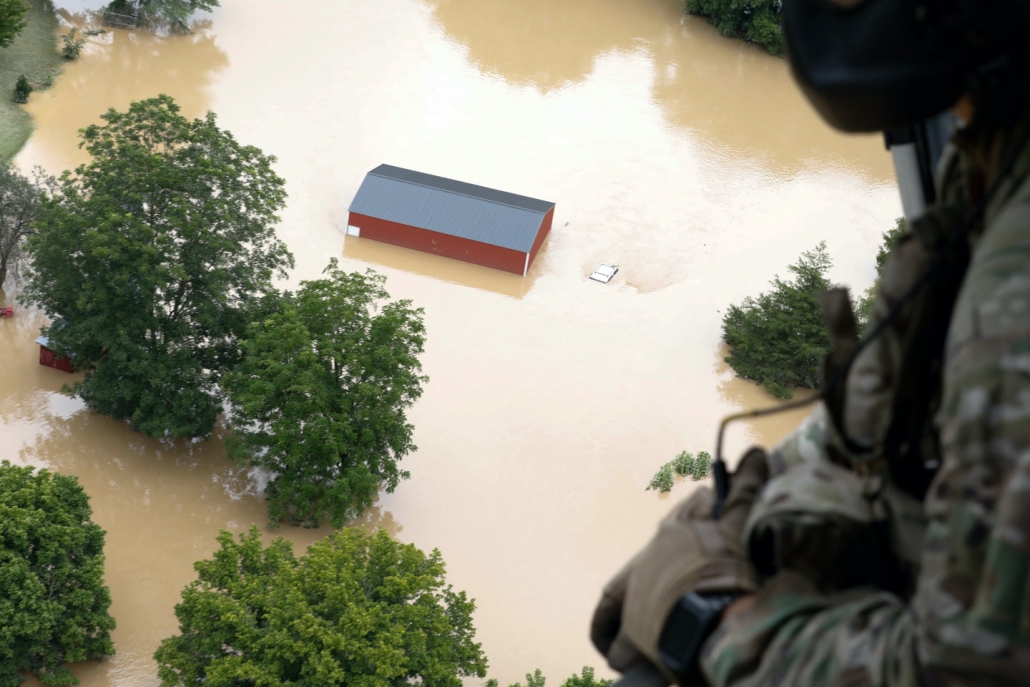
A Kentucky National Guard flight crew aided in flood relief efforts. Photo © Jesse Elbouab / U.S. Army National Guard
By Laura Gersony, Circle of Blue — August 5, 2022
Catastrophic downpours in the last week of July killed dozens of people in Eastern Kentucky, after a powerful storm system passed through some of the poorest counties in the United States.
To call the flooding historic would be an understatement, says Scott McReynolds, who lives in the town of Krypton. The Appalachian foothills near his home became high-velocity funnels, sending violent torrents into areas that had never flooded before. “This was raging water that could wash you away,” McReynolds said. “You don’t get out and walk across this like it’s a lake – this water literally sent homes down the river.”
Residents, in the dead of night, confronted harrowing options: ride out the storm at home or flee through violent waters to higher ground. In desperation, one mother bound herself to her children using a vacuum cord while waters swept their trailer 100 feet down river.
Thirty-seven people have died, including three young children.
For an area already beset with poverty, recovery presents obstacles almost as daunting as the floods. The hardest-hit counties—Breathitt, Clay, Knott, Letcher, and Perry—have a median annual income about 40 percent lower than the national average, with about a quarter of residents living below the poverty line. In some census tracts, more than half of housing units are mobile homes.
In Eastern Kentucky, as in many of America’s poorest communities, poverty and flood risk are two halves of a brutal cycle: low-income people are more likely to be located in flood zones, and less likely to access relief funds to repair the damages.
McReynolds, who has worked as an affordable housing developer in the area since the early 1990s, has watched this story unfold from the front lines.
“Our region has been a persistent poverty region for as long as they’ve tracked poverty statistics. One of the effects of that is that we have more than our fair share of really bad housing,” he said. “It’s not surprising that a lot of those got flooded.”
Many of the flood victims will be applying for government aid, but demand for housing assistance far outstrips the available funding, in Kentucky and nationwide. Only about one in four U.S. residents eligible for federal rental assistance receives it. Families wait an average of two and a half years to receive housing vouchers. With limited resources at his disposal, McReynolds must make heart-rending tradeoffs: should he help two people in extreme poverty, or five who are only considered “very low income”?
In times of disaster, this chronic deficit becomes a crisis. Many trailer parks are built on cheap, risky land. They bore the brunt of the flood damages, this year and last. That outcome is consistent with nationwide trends. Analysts at Headwaters Economics found that one in seven mobile homes are built in an area with high flood risk, compared to one in 10 for all other housing types. State officials say the floods have left hundreds of Kentuckians homeless.
After the initial shock, many steps of the recovery process can pose a challenge to low-income flood victims. Mobile homeowners face obstacles accessing federal and state assistance. Homeowner verification is difficult for inherited properties that lack proper documentation. Stigma and confusion around whether trailer parks qualify for disaster assistance can also interfere with aid efforts. Because mobile home residents lack the same legal protections as renters, evictions from mobile home parks are significantly higher after disasters.
Most often, renters have no option but to rebuild in the same risky location.
“It really comes down to limited means: an older mobile home is sometimes the only thing people can afford. Folks wind up fixing up their mobile home if they can, and staying in the floodplain,” McReynolds said. “This is an economic reality. It’s that or homelessness.”
Global climate change is only accelerating this cycle. Intensifying downpours have caused an uptick in flash flooding outside river floodplains, rendering previous flood risk maps virtually useless. The eastern U.S. is seeing a steep increase in the number of extreme rain events. This trend is projected to continue with further warming.
McReynolds said that the climate outlook underscores the imperative to find an alternative to risky development.
“How do we begin to get the state and federal resources that we need, at the level we need, in order to address the folks who are really vulnerable?” he said. “We can’t just keep putting people back in the floodplain.”
Correction: An earlier version of this article misidentified the number of mobile homes located in high risk flood zones. The correct figure is one in seven, not seven in 10.
Laura Gersony covers water policy, infrastructure, and energy for Circle of Blue. She also writes FRESH, Circle of Blue’s biweekly digest of Great Lakes policy news, and HotSpots H2O, a monthly column about the regions and populations most at-risk for water-related hazards and conflict. She is an Environmental Studies and Political Science major at the University of Chicago and an avid Lake Michigan swimmer.

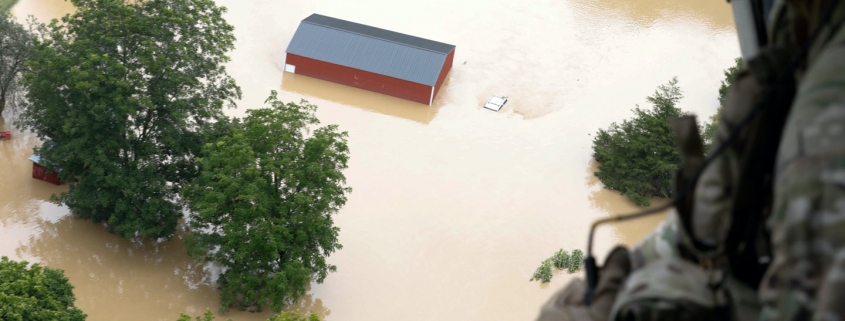

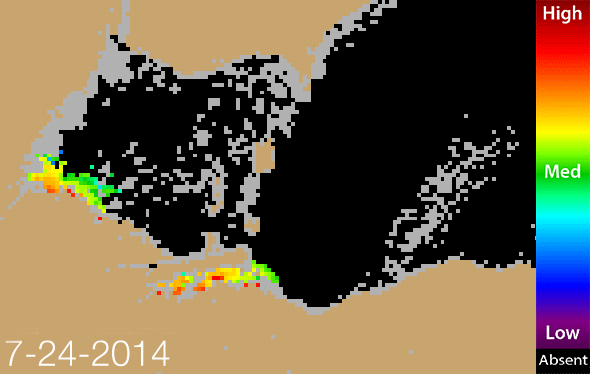
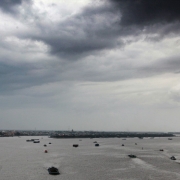


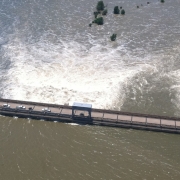
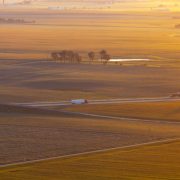


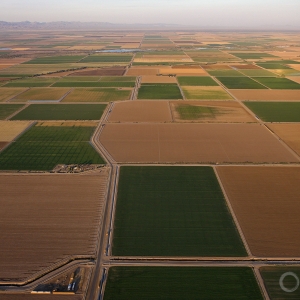
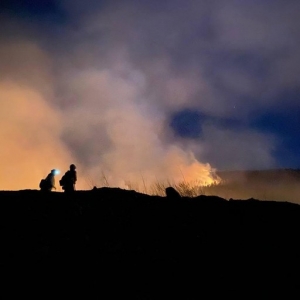
It’s time to rebuild downtown Hazard, KY after the floods and years of taking coal without the government paying back the community. An Amtrack station, Casino Hotel and Mutipurpose Arena at the old railyard is needed to bring downtown back to life. UK ’76